Introducing Cache Reserve: massively extending Cloudflare’s cache
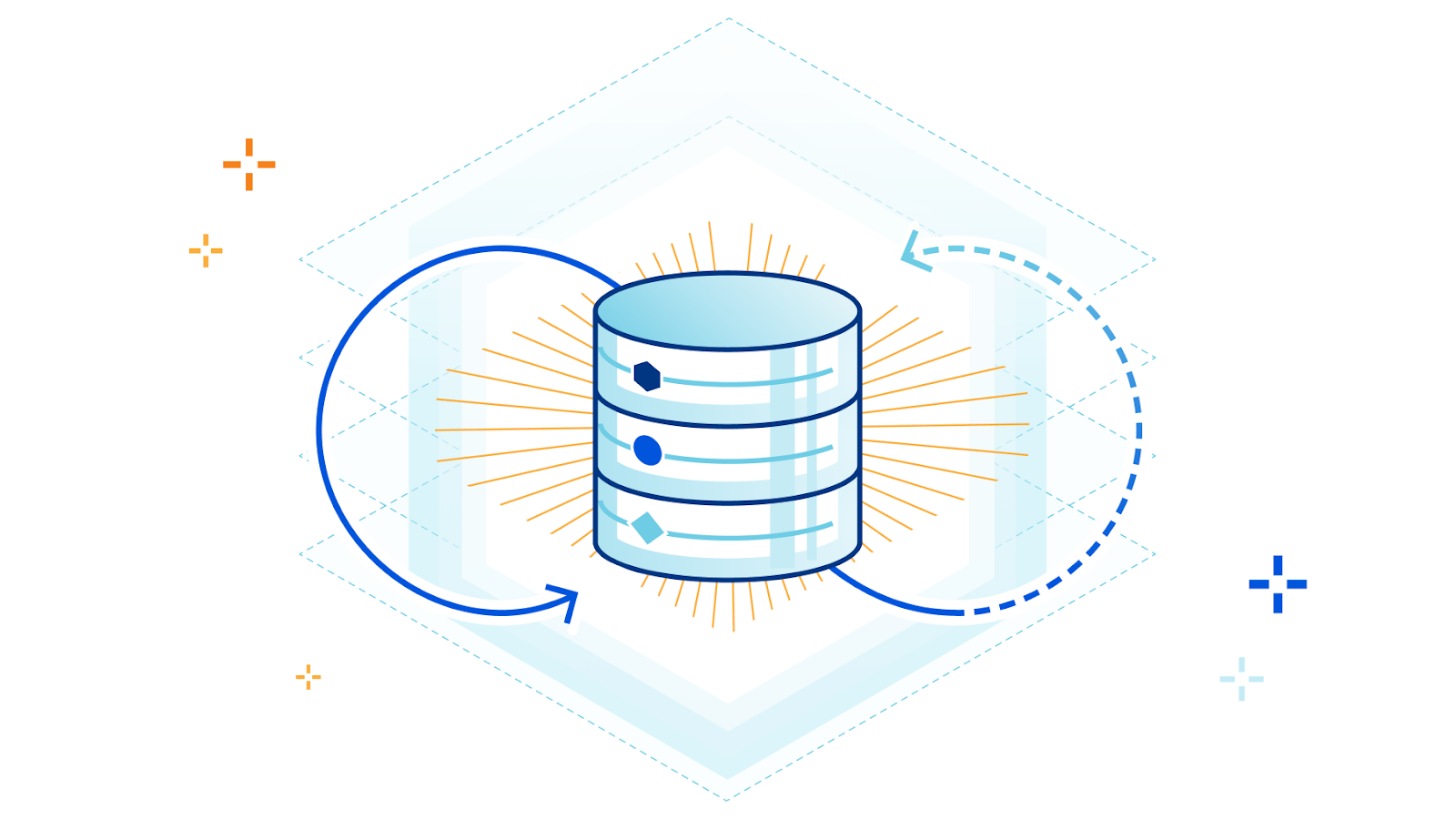
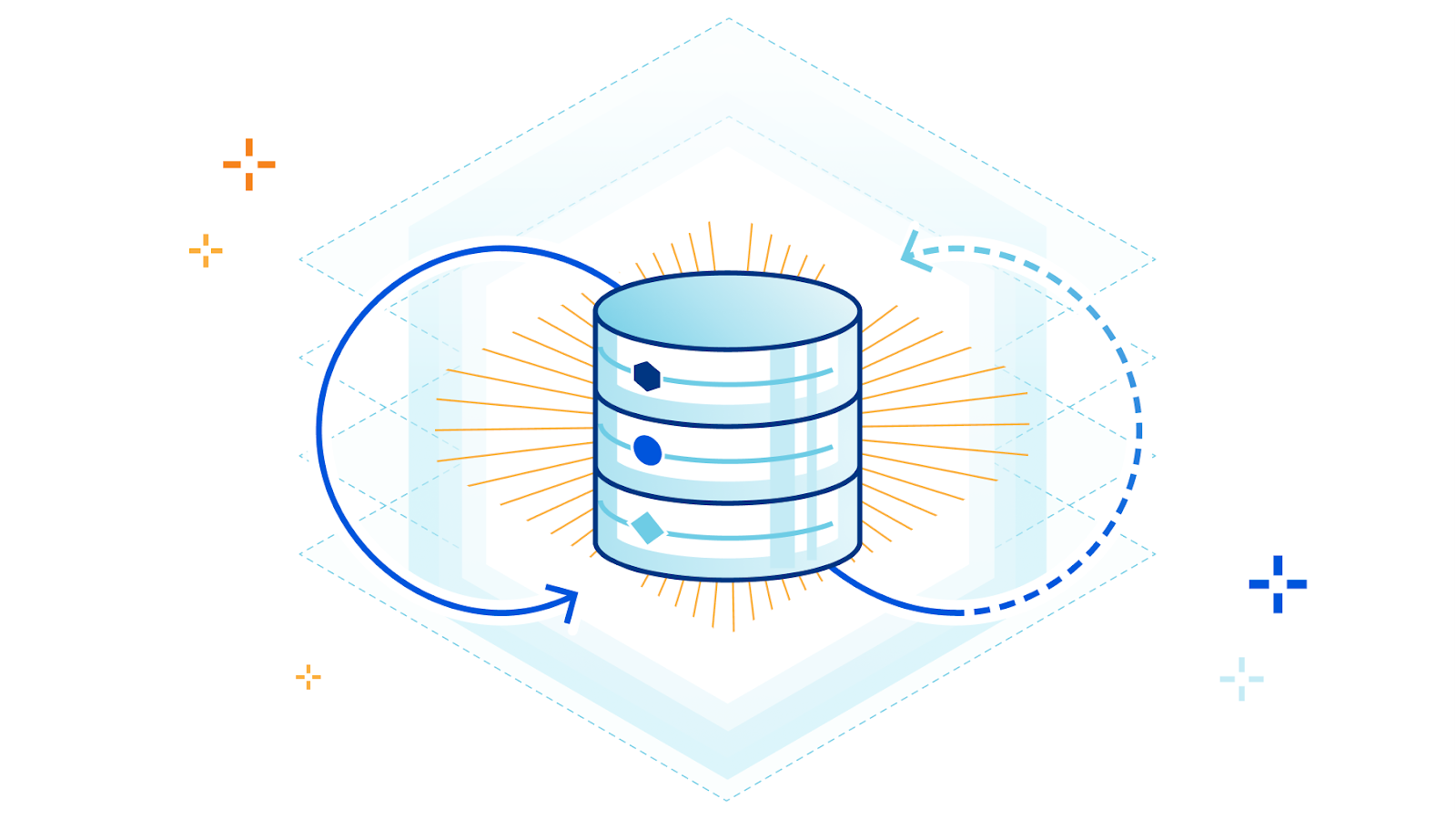
One hundred percent. 100%. One-zero-zero. That’s the cache ratio we’re all chasing. Having a high cache ratio means that more of a website’s content is served from a Cloudflare data center close to where a visitor is requesting the website. Serving content from Cloudflare’s cache means it loads faster for visitors, saves website operators money on egress fees from origins, and provides multiple layers of resiliency and protection to make sure that content is reliably available to be served.
Today, I’m delighted to announce a massive extension of the benefits of caching with Cache Reserve: a new way to persistently serve all static content from Cloudflare’s global cache. By using Cache Reserve, customers can see higher cache hit ratios and lower egress bills.
Why is getting a 100% cache ratio difficult?
Every second, Cloudflare serves tens-of-millions of requests from our cache which equates to multiple terabytes-per-second of cached data being delivered to website visitors around the world. With this massive scale, we must ensure that the most requested content is cached in the areas where it is most popular. Otherwise, visitors might wait too long for content to be delivered from farther away and our network would be running inefficiently. Continue reading
Logs on R2: slash your logging costs
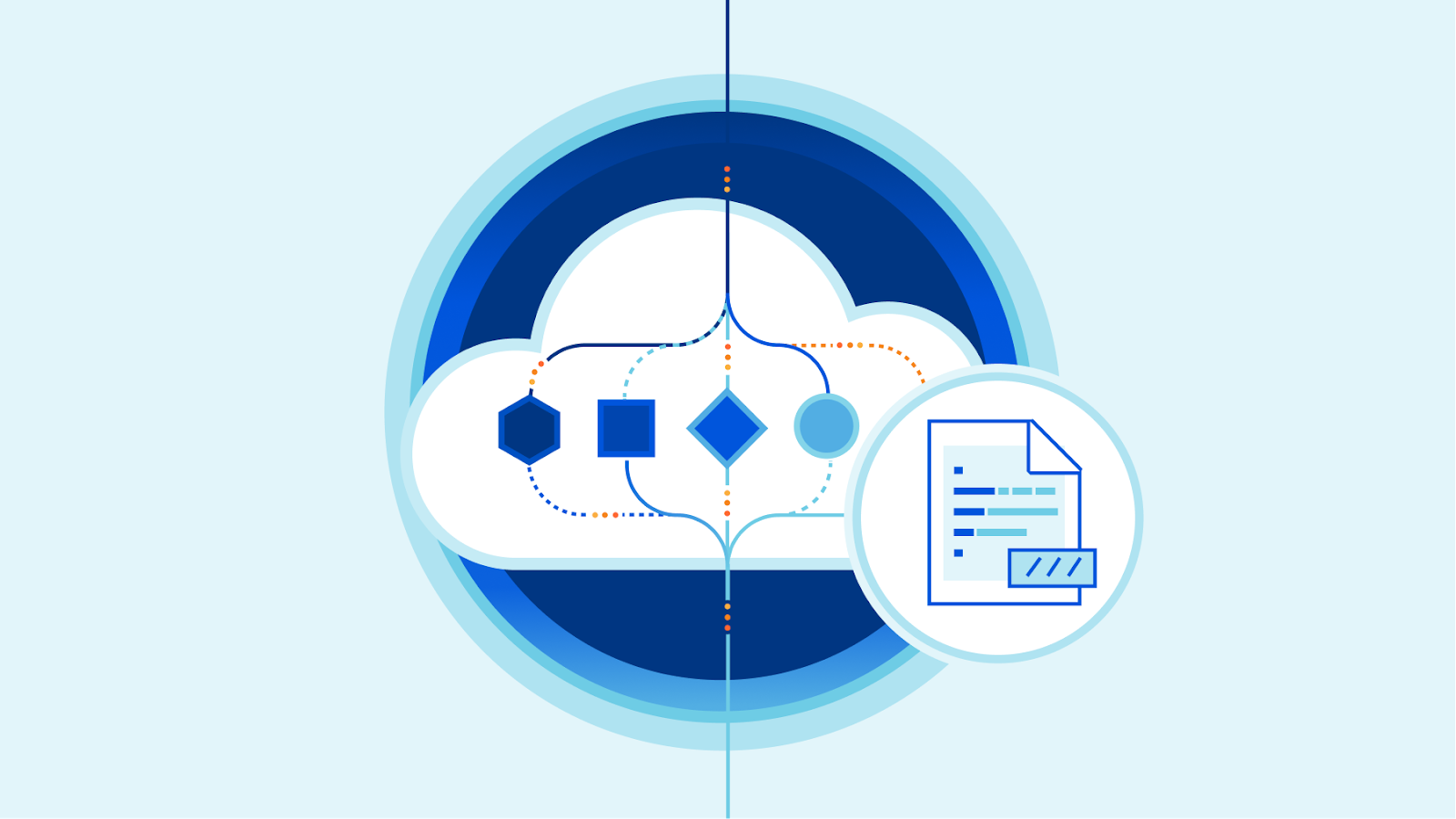
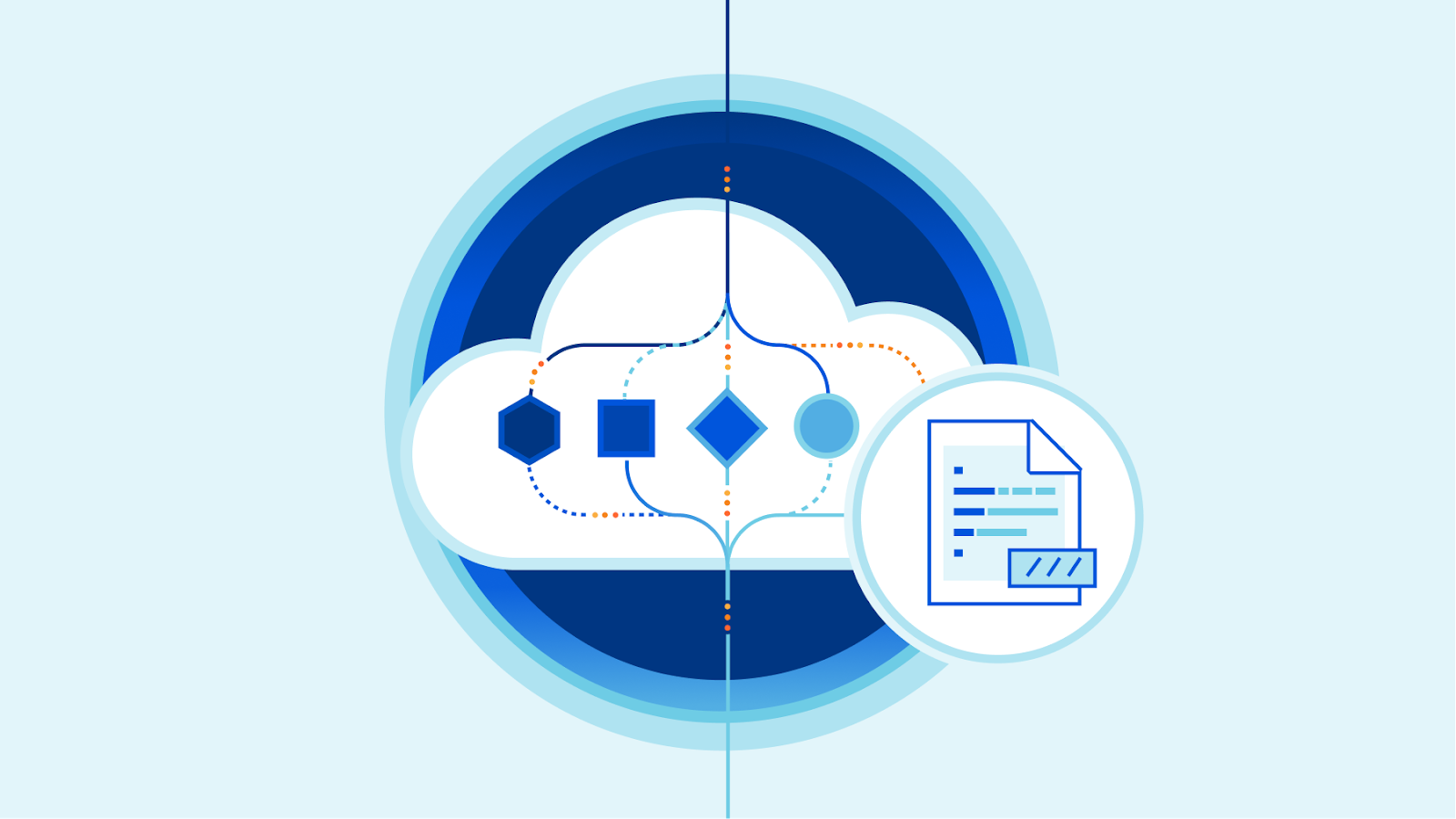
Hot on the heels of the R2 open beta announcement, we’re excited that Cloudflare enterprise customers can now use Logpush to store logs on R2!
Raw logs from our products are used by our customers for debugging performance issues, to investigate security incidents, to keep up security standards for compliance and much more. You shouldn’t have to make tradeoffs between keeping logs that you need and managing tight budgets. With R2’s low costs, we’re making this decision easier for our customers!
Getting into the numbers
Cloudflare helps customers at different levels of scale — from a few requests per day, up to a million requests per second. Because of this, the cost of log storage also varies widely. For customers with higher-traffic websites, log storage costs can grow large, quickly.
As an example, imagine a website that gets 100,000 requests per second. This site would generate about 9.2 TB of HTTP request logs per day, or 850 GB/day after gzip compression. Over a month, you’ll be storing about 26 TB (compressed) of HTTP logs.
For a typical use case, imagine that you write and read the data exactly once – for example, you might write the data to Continue reading
Durable Objects Alarms — a wake-up call for your applications
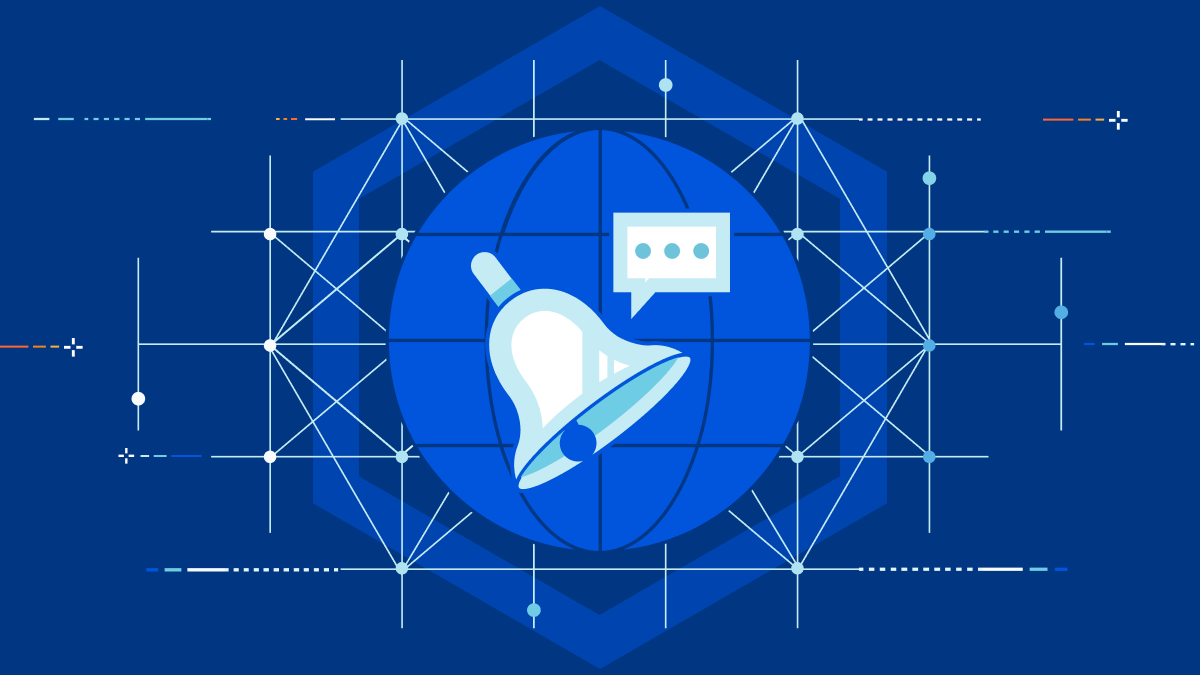
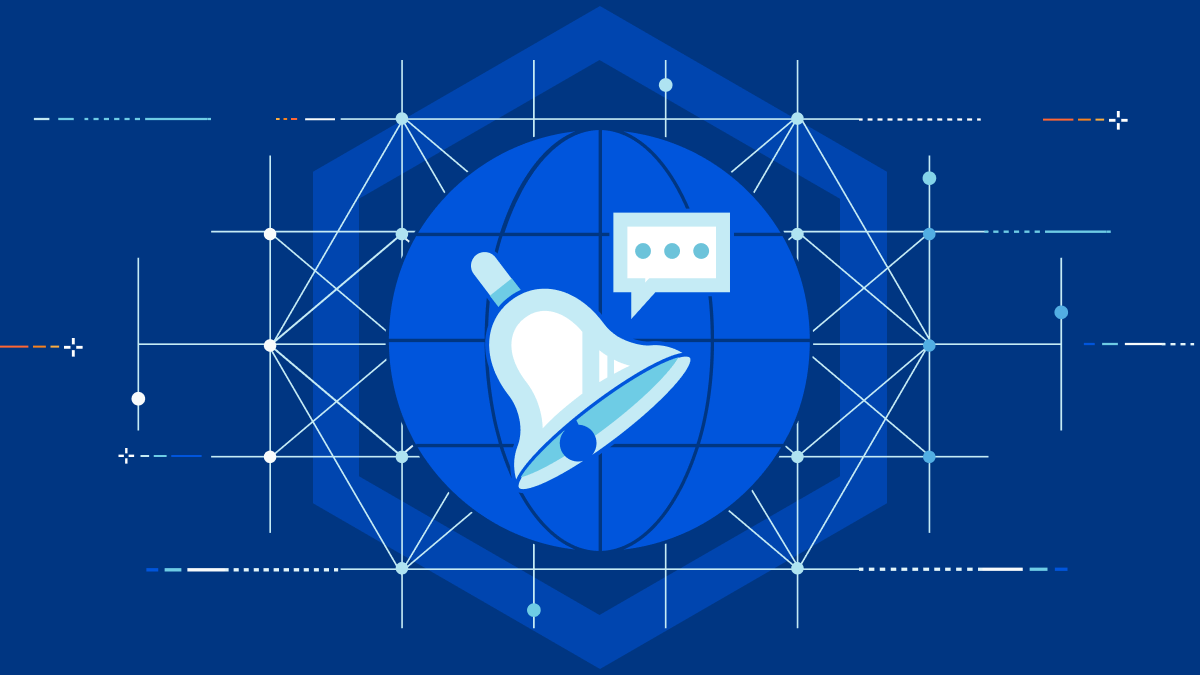
Since we launched Durable Objects, developers have leveraged them as a novel building block for distributed applications.
Durable Objects provide globally unique instances of a JavaScript class a developer writes, accessed via a unique ID. The Durable Object associated with each ID implements some fundamental component of an application — a banking application might have a Durable Object representing each bank account, for example. The bank account object would then expose methods for incrementing a balance, transferring money or any other actions that the application needs to do on the bank account.
Durable Objects work well as a stateful backend for applications — while Workers can instantiate a new instance of your code in any of Cloudflare’s data centers in response to a request, Durable Objects guarantee that all requests for a given Durable Object will reach the same instance on Cloudflare’s network.
Each Durable Object is single-threaded and has access to a stateful storage API, making it easy to build consistent and highly-available distributed applications on top of them.
This system makes distributed systems’ development easier — we’ve seen some impressive applications launched atop Durable Objects, from collaborative whiteboarding tools to conflict-free replicated data type (CRDT) systems for coordinating Continue reading
netsim-tools: VLANs, Hardware Labs, VRF Loopbacks
Here’s a short list of major goodies included in netsim-tools release 1.2.2:
- Access VLANs, VLAN trunks and native VLANs implemented on Cisco IOS, Arista EOS, VyOS, and Dell OS10 (VyOS and OS10 support contributed by Stefano Sasso)
- Hardware labs implemented with external topology provider (contributed by Stefano Sasso)
- VRF loopback interfaces (contributed by Stefano Sasso)
More details in the release notes.
To upgrade netsim-tools, use pip3 install --upgrade netsim-tools; if you’re starting from scratch, read the installation instructions.
New in netlab: VLANs, Hardware Labs, VRF Loopbacks
Here’s a short list of major goodies included in netsim-tools release 1.2.2:
- Access VLANs, VLAN trunks and native VLANs implemented on Cisco IOS, Arista EOS, VyOS, and Dell OS10 (VyOS and OS10 support contributed by Stefano Sasso)
- Hardware labs implemented with external topology provider (contributed by Stefano Sasso)
- VRF loopback interfaces (contributed by Stefano Sasso)
More details in the release notes.
BGP community-based traffic engineering
The post BGP community-based traffic engineering appeared first on Noction.
Top Data Fabric Trends for Enterprises in 2022 and Beyond
This year we should see lots of action in data fabric adoption and upgrades as the architecture proves useful for many use cases.Watching Eurovision 2022 on Cloudflare Radar

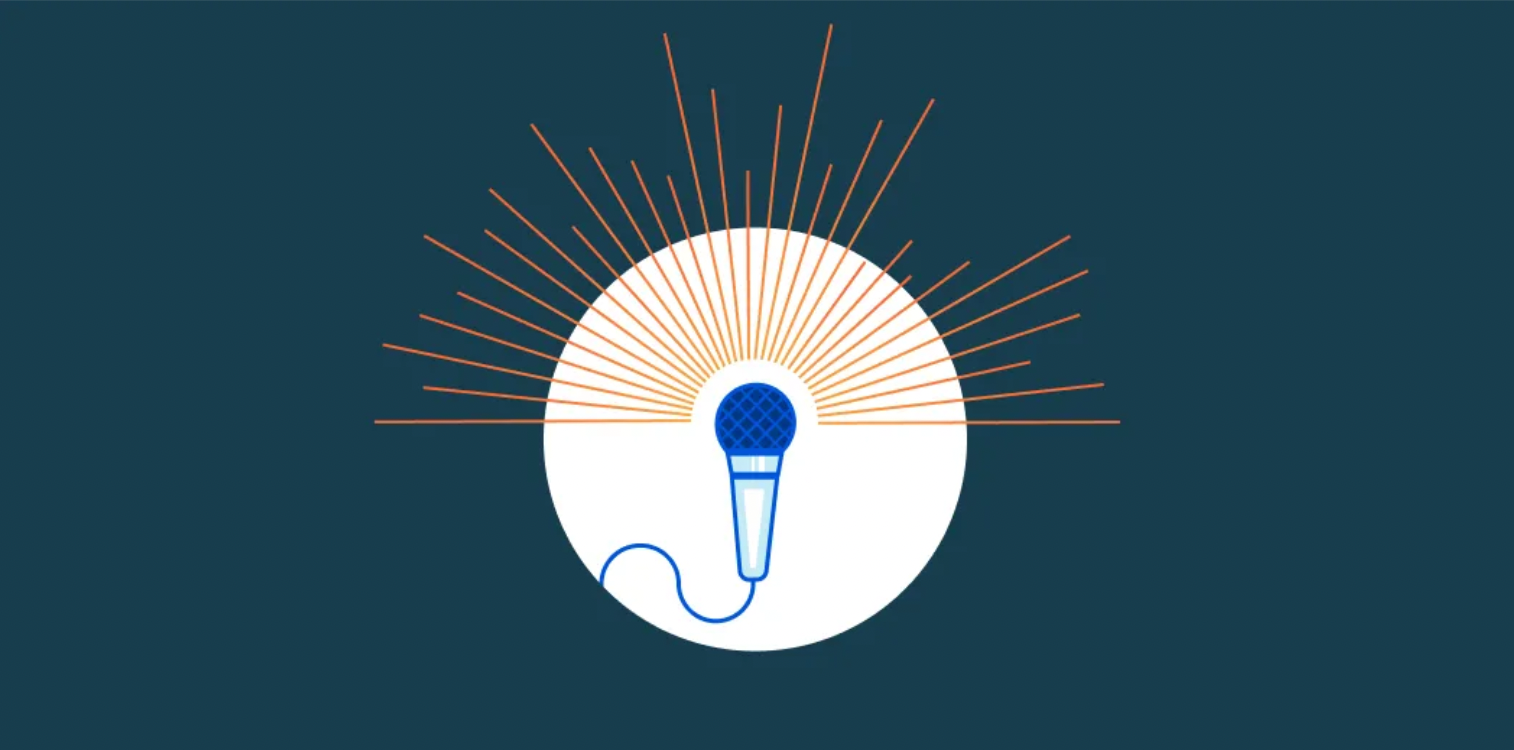
The Eurovision Song Contest has a history that goes back to 1956, so it's even older than the European Union and one of its highlights over the years was being the first global stage for the Swedish group ABBA — Waterloo won the 1974 edition). This year, for the 66th edition, we have a dedicated page for Eurovision fans, journalists or anyone interested in following Internet trends related to the event taking place in Turin, Italy.
The contest consists of two semi-finals and a final. The first semi-final is today, May 10, at 21:00 CEST, the second is Thursday, May 12, at 21:00 CEST. And the final is on Saturday, May 14, at 21:00 CEST. We are using Central European Summer Time and not our usual (on Radar) UTC because that’s the timezone of most of the 40 countries that will take part in the contest. There will be 17 countries in the first semi-final, 18 in the second, and 25 in the final (the full list is here).
From countries to fan sites.
First, you can see the Internet traffic aggregate in all the 40 countries that are participating in Eurovision 2022. There’s also a Continue reading
Announcing Workers for Platforms: making every application on the Internet more programmable
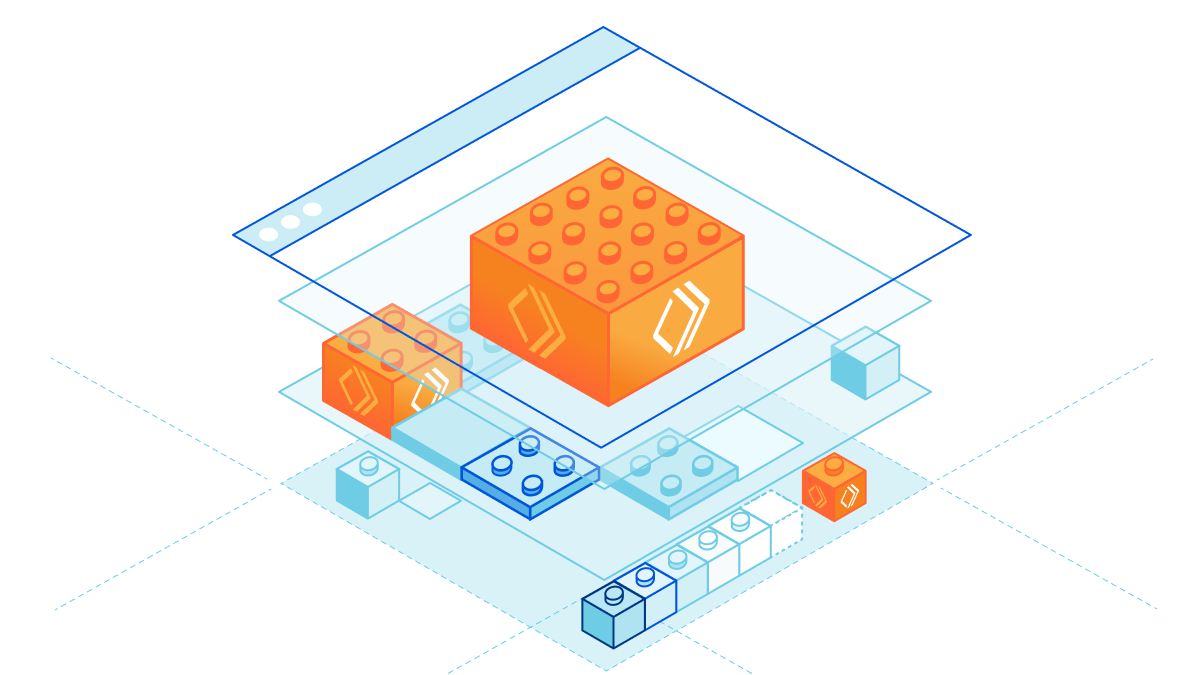
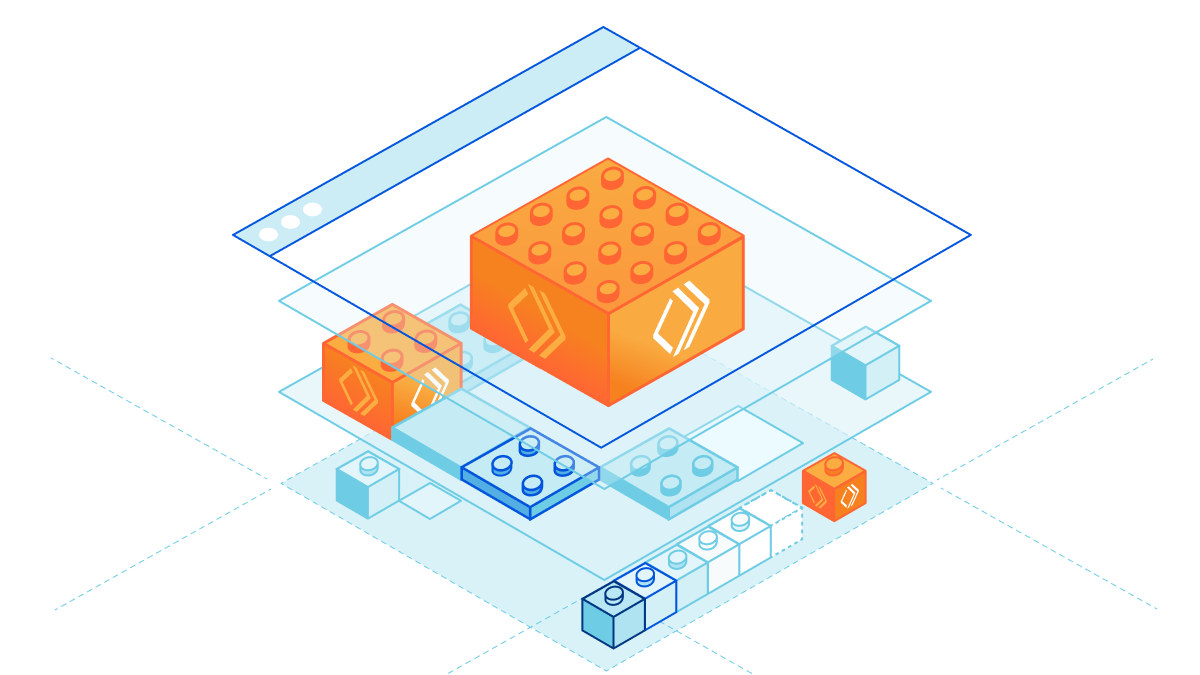
As a business, whether a startup or Fortune 500 company, your number one priority is to make your customers happy and successful with your product. To your customers, however, success and happiness sometimes seems to be just one feature away.
“If only you could customize X, we’ll be able to use your product” - the largest prospect in your pipeline. “If you just let us do Y, we’ll expand our usage of your product by 10x” - your most strategic existing customer.
You want your product to be everything to everybody, but engineering can only keep up so quickly, so, what gives?
Today, we’re announcing Workers for Platforms, our tool suite to help make any product programmable, and help our customers deliver value to their customers and developers instantaneously.
A more programmable interface
One way to give your customers the ability to programmatically interact with your product is by providing them with APIs. That is a big part of why APIs are so prolific today — enabling code (whether your own, or that of a 3rd party) to engage with your applications is nothing short of revolutionary.
But there’s still a problem. While APIs can give developers the ability Continue reading
Service Bindings are generally available, with efficient pricing
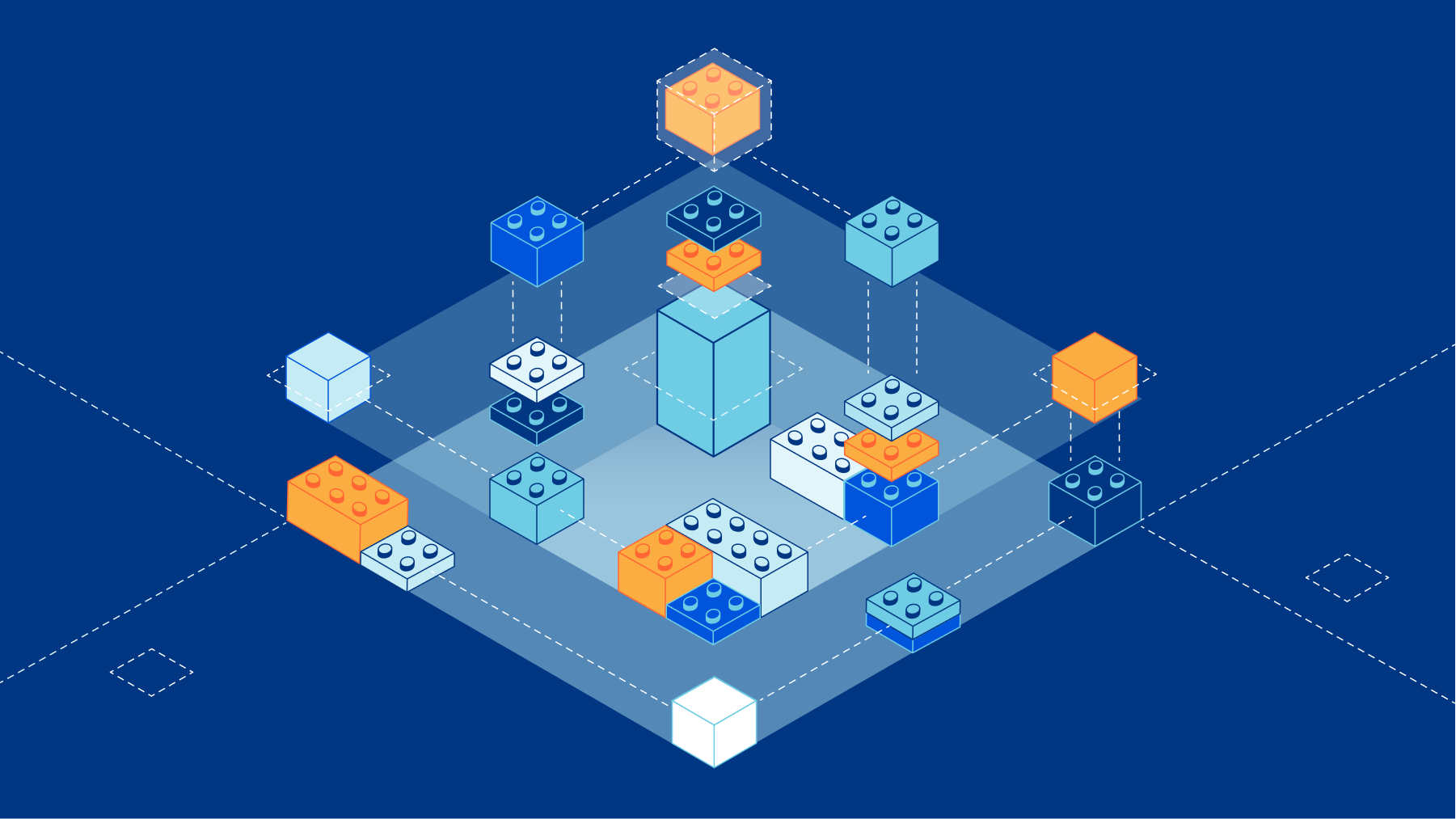
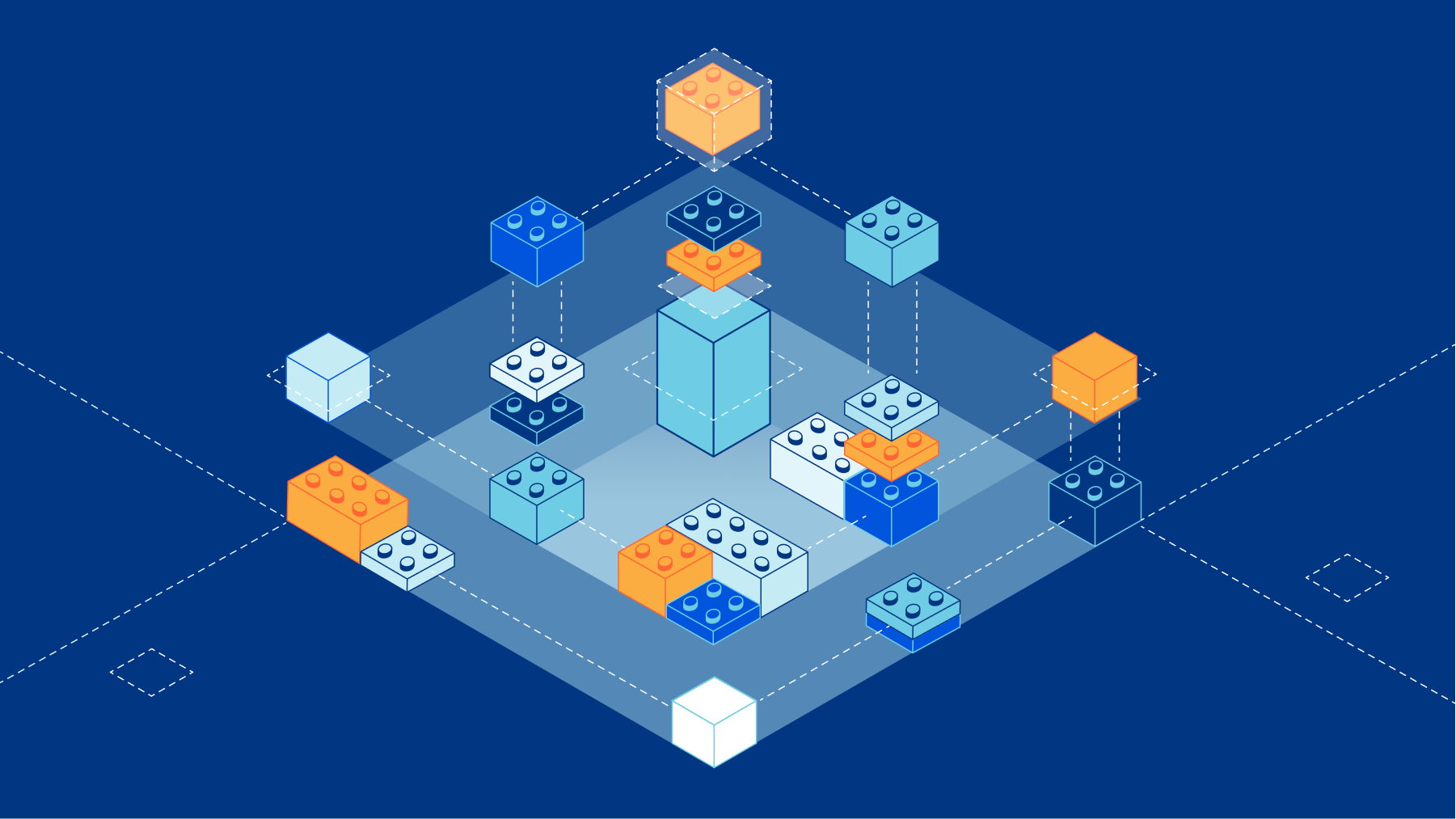
Today, we’re happy to unveil a new way to communicate between your Workers. In the spirit of baking more and more flexibility into our Developer Platform, our team has been hard at work building a new API to facilitate Worker to Worker communication: Service Bindings. Service Bindings allow your Workers to send requests to other Workers Services, from your code, without those requests going over the Internet. It opens up a world of composability that was previously closed off by a difficult interface, and makes it a lot easier for you to build complex applications on our developer platform.
Service Bindings allow teams to segment application logic across multiple Workers. By segmenting your logic, your teams can now build with more confidence by only deploying narrowly scoped changes to your applications, instead of recommitting the whole application every time. Service Bindings give developers both composability and confidence. We’ve seen some excellent uses so far, and today we’ll go through one of the more common examples. Alongside this functionality, we'll show you how Cloudflare’s cost efficiency will save you money.
Example: An API Gateway
Service Bindings allow you to easily expand the number of services running on a single request. Developers Continue reading
Workers visibility: announcing Logpush for Worker’s Trace Events
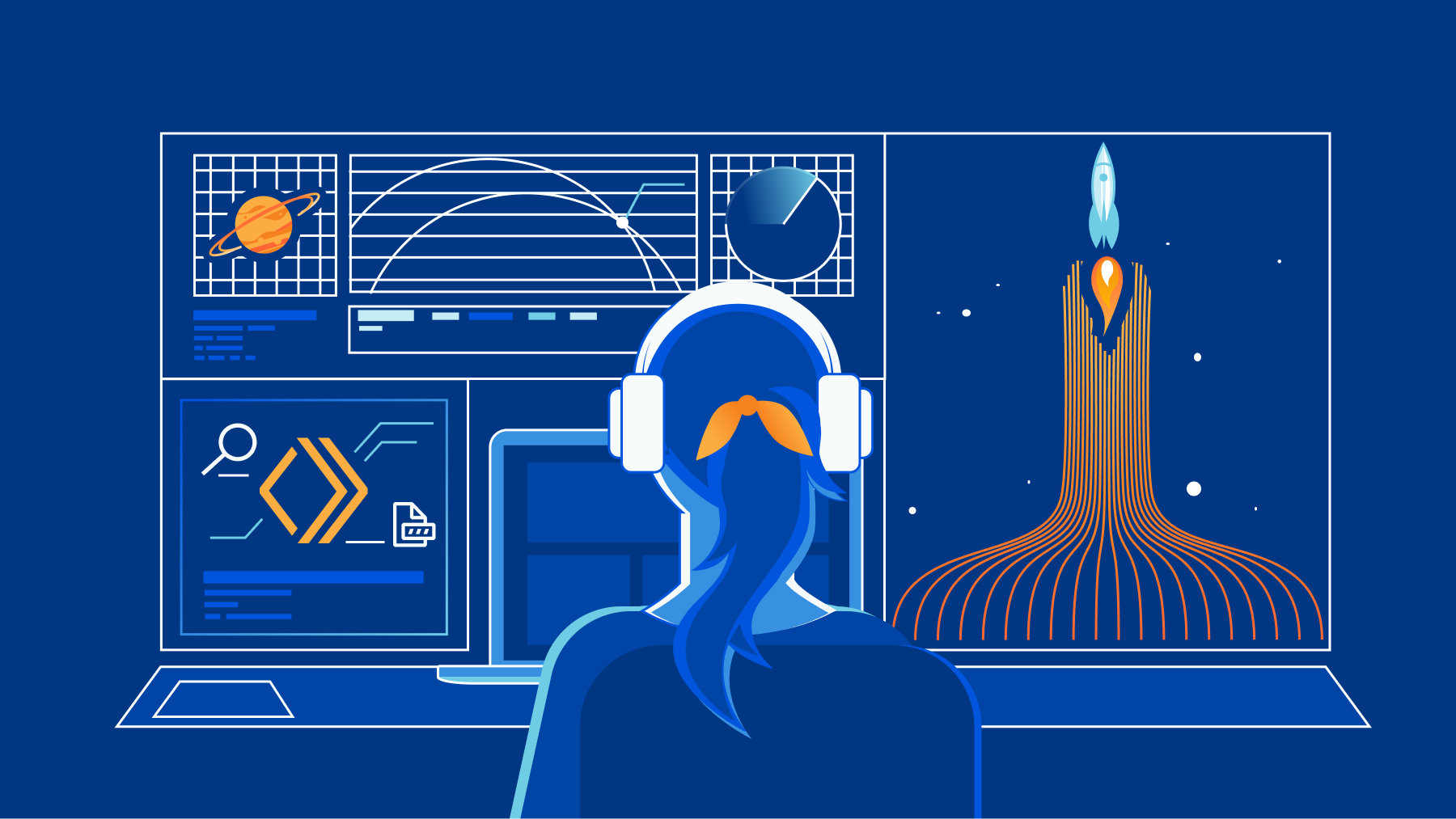
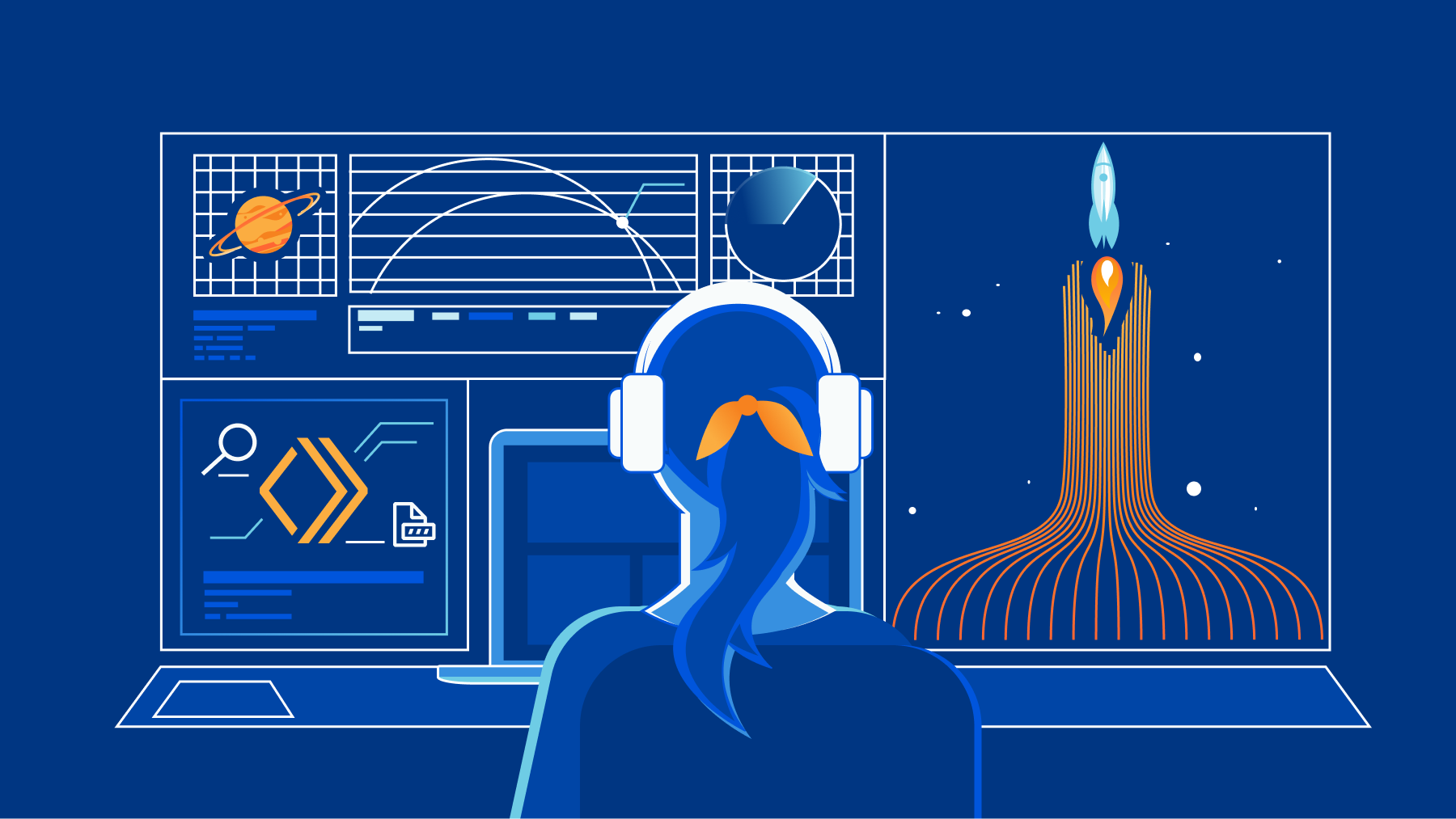
Writing an application is like building a rocket. Countless hours in development and thousands of moving parts all come down to one moment - launch day. Picture the countdown: T minus 10 seconds. The entire team is making sure that things are running smoothly by monitoring dashboards that measure the health of every part of the system.
It’s every developer’s dream to get the level of visibility that NASA has in their mission control room, but for their own code. For flight directors and engineering directors alike, it’s important to have visibility into the systems that are built throughout development and after release. Today, we’re excited to announce Logpush for Worker’s Trace Events, making it easier than ever to gain visibility into applications built on Workers.
Workers Visibility Today
Today, we have lots of tools that are used to find out what’s happening in a Worker.
- Workers metrics & analytics
- Workers logs on the dashboard
- wrangler tail
- Observability Ecosystem Partners: Sentry, New Relic, Datadog
These tools are awesome for debugging, generalizing trends and monitoring Workers on third parties. They emphasize ease of use and make it effortless to get visibility quickly from your Workers.
As Workers have evolved, we’re Continue reading
A new era for Cloudflare Pages builds
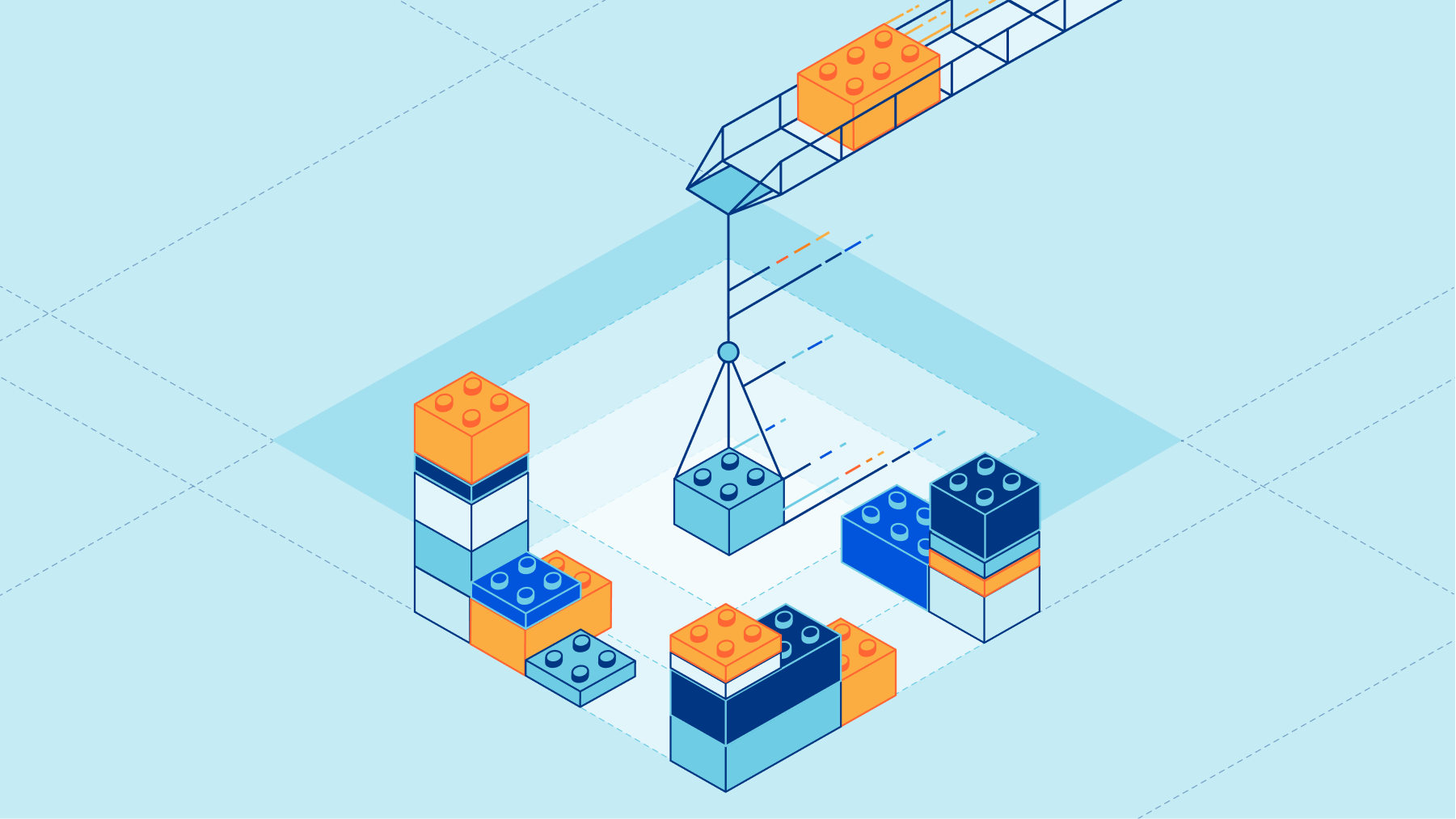
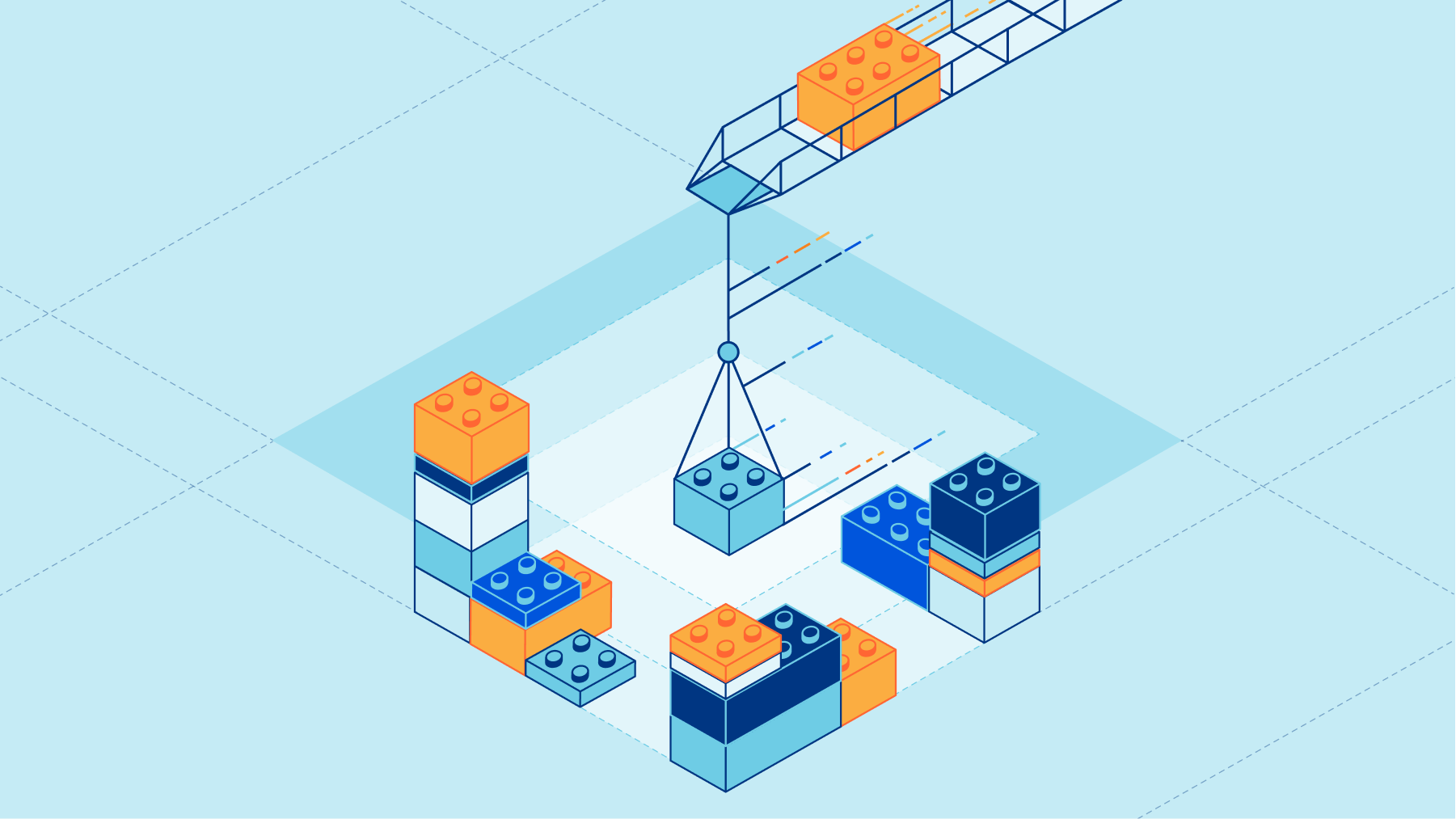
Music is flowing through your headphones. Your hands are flying across the keyboard. You’re stringing together a masterpiece of code. The momentum is building up as you put on the finishing touches of your project. And at last, it’s ready for the world to see. Heart pounding with excitement and the feeling of victory, you push changes to the main branch…. only to end up waiting for the build to execute each step and spit out the build logs.
Starting afresh
Since the launch of Cloudflare Pages, there is no doubt that the build experience has been its biggest source of criticism. From the amount of waiting to inflexibility of CI workflow, Pages had a lot of opportunity for growth and improvement. With Pages, our North Star has always been designing a developer platform that fits right into your workflow and oozes simplicity. User pain points have been and always will be our priority, which is why today we are thrilled to share a list of exciting updates to our build times, logs and settings!
Over the last three quarters, we implemented a new build infrastructure that speeds up Pages builds, so you can iterate quickly and efficiently. In February, Continue reading